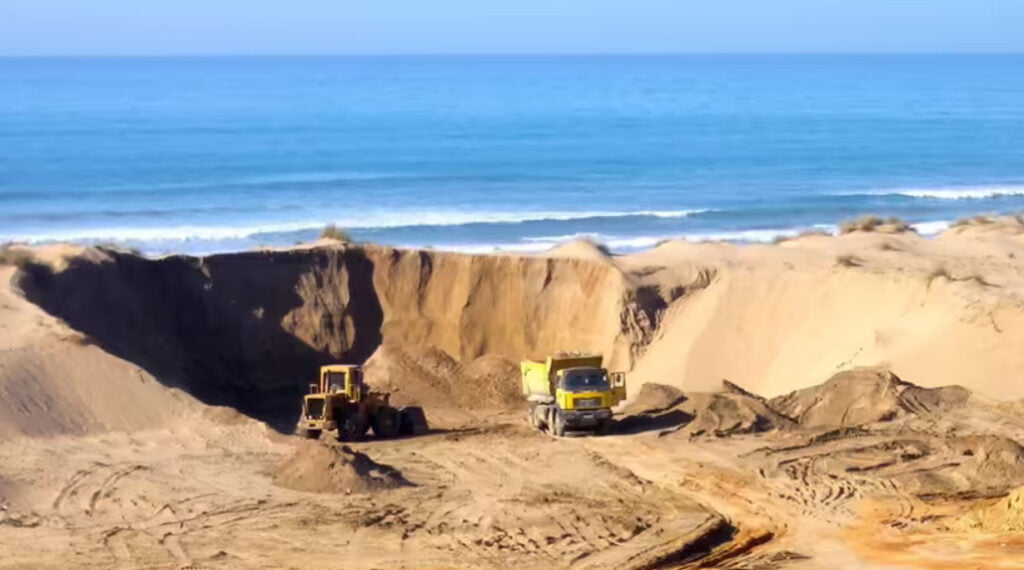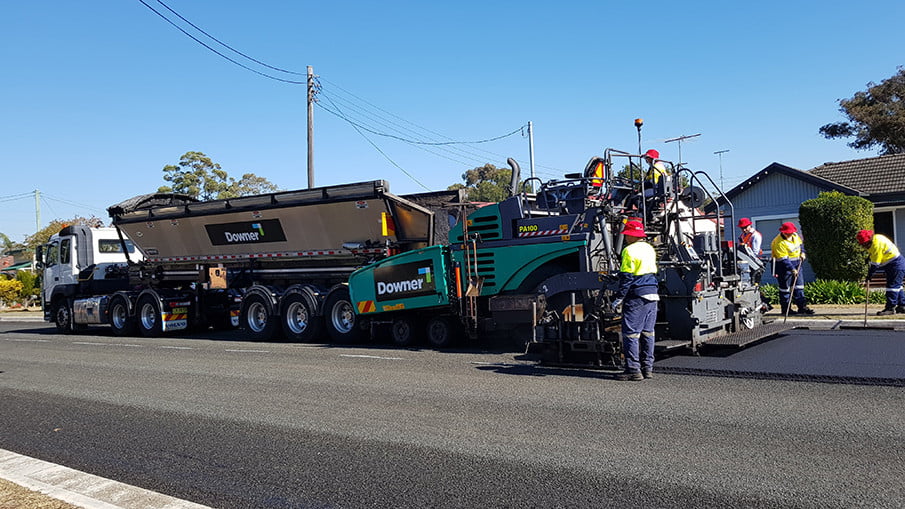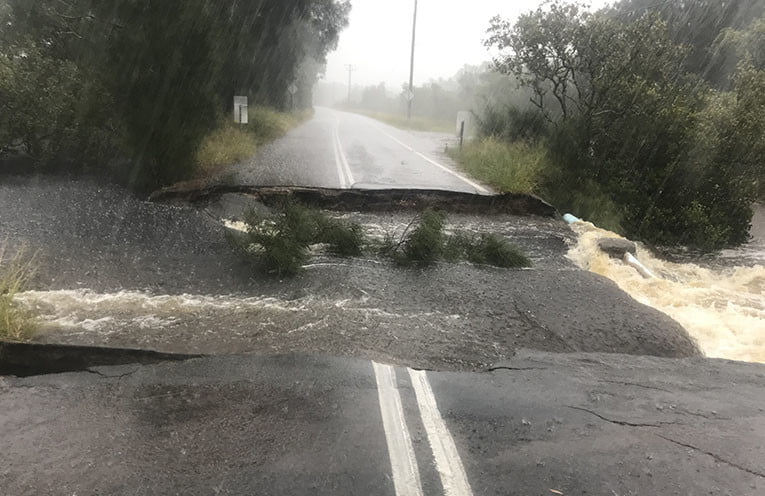Sustainable infrastructure and the importance of future-proofing

What’s the problem?
Infrastructure is how you got to work today, it’s powering my laptop right now, it’s how drinkable water from several kilometres away just arrived in my glass. We need it. Here’s the problem though; sometimes it’s poorly planned, unsustainable, or can’t handle severe weather.
We’re witnessing an infrastructure boom at a scale unprecedented in human history. The construction of roads, railways, ports, bridges, power stations, wind and solar farms, power lines, pipelines and the like uses a colossal amount of concrete, steel, timber, rock, sand and precious minerals, to name a few. We’re building all this using a lot of stuff. Not convinced? In just three years (2011-2013), China used more concrete than the U.S. did in the whole 20th Century1. There are now global shortages of materials you would never expect. Take sand for instance, which, believe it or not, is running out. We need about 50bn tonnes of sand a year to meet demand; roughly 18kg for every person in the world every day2. Black markets are emerging, large-scale theft is occurring, prices are rising. We even sell it to the Middle East3; selling sand to the Arabs as the saying goes, because we have scarce, engineering-quality sand.

Illegal sand mining on Morocco’s North Coast. Source: How Stuff Works
Raw materials aren’t endless, and they need to come from somewhere. The more scarce, the more risk of delays, the more costly. Just ask any builder in The Bay who has bought timber, or has tried to import anything from overseas since 2019. This is called a supply squeeze. It is a serious problem, especially when we don’t manufacture much in Australia anymore.
It’s not just materials. Building and operating infrastructure requires tremendous amounts of fuel, energy and water, as does the manufacturing to support it. Biodiversity loss and waste are a big problem. Indeed, the construction and operation of infrastructure already accounts for about 70% of the world’s carbon emissions, so says the World Bank4. That brings us to perhaps the biggest conundrum of all – climate change.
In March 2021, Port Stephens had another taste of what happens when weather exceeds capacity. Some roads were severed for months, drainage failed, there was inundation in places I never thought possible (like Gan Gan Road). Live in Australia, and you’ll know that, at times, heat waves overwhelm electricity grids, bushfires cause evacuations, big seas and high tides erode our coastline, droughts threaten our water security. Inadequate drainage can cause total devastation.
The world is taking in more heat energy to the tune of about 5 atomic bombs per second5, so such events will inevitably worsen this century. We’re changing the very climate conditions under which we have engineered our whole society. Our infrastructure needs to cope, and it need not turbocharge our emissions further.
Solutions and innovations
So how can we address this? Clever engineering, of course. Concrete, steel and asphalt don’t need to emit loads of carbon anymore. In concrete, we can replace sometimes over 50% of portland cement with fly ash (a waste product from coal fired power stations) and blast furnace slag (a waste product from steel making). This wallops emissions, and you can offset the rest (for a small fee per tonne) making it carbon neutral. Some of my projects have used recycled plastic fibres in concrete, removing the need for any steel reinforcement, reducing your footprint further.

Recycled Asphalt Pavement (RAP) can be easily and cheaply added to road mixes, again reducing emissions and material use, sometimes for no extra cost. We can make roads using recycled plastic waste and used printer cartridges6,7, and it has great performance and durability (India has been doing this for years). Zero carbon steel is now available in Europe, hopefully here at some point. Waste-to-energy plants are popping up in Sydney and beyond, collecting construction waste and on-selling it as energy, for a handsome profit. Sustainable wastewater treatment systems are designed right here in The Bay and deployed around the world. Sand is being manufactured from used glass and is cheap and readily available, and material can be easily crushed on-site and reused using mobile machinery, which again, is just up the road.

The NSW Government is also providing very generous grants to projects and startups who can contribute to the circular economy. The list goes on, and there are many options for any company, council or project with ambition. We can also prepare our infrastructure for climate extremes so it is robust, even antifragile.
Climate models are able to provide very useful ranges to work with for extreme heat, drought, storms, flooding, sea level rise, bushfires and the like. Once you know these parameters, you can plan ahead and engineer out the risks, and make sure what you are building is still around in 50 or 100 years. Our infrastructure needs clever planning and engineering which meets the needs of the present, without compromising the needs of the future. The world’s population is almost 8 billion people now, while Australia is flirting with a doubling of its population by about 20668.
We need to have a serious conversation about all this if we’re going to support this many people, both in Port Stephens and around the world. We can no longer allow infrastructure to be poorly planned, unsustainable, or unable to endure severe weather. We need to make sure infrastructure serves our needs, maintains biodiversity, is climate resilient and future proof. The answer is, of course, sustainable infrastructure.
For any questions, please feel free to contact me:
Rob McCann M: 0481 721735
rob@southpacificsustainability.com.au
Sources:
- Have you hugged a concrete pillar today?
- Rising demand for sand calls for resource governance.
- Aussies sell sand to Saudis.
- Low-carbon infrastructure: an essential solution to climate change?
- Earth is heating at a rate equivalent to five atomic bombs per second. Or two Hurricane Sandys.
- Australia’s first road built with soft plastics, glass and toner.
- Reconophalt approved by NSW Environment Protection Authority.
- Australian Bureau of Statistics: Population Projections, Australia

